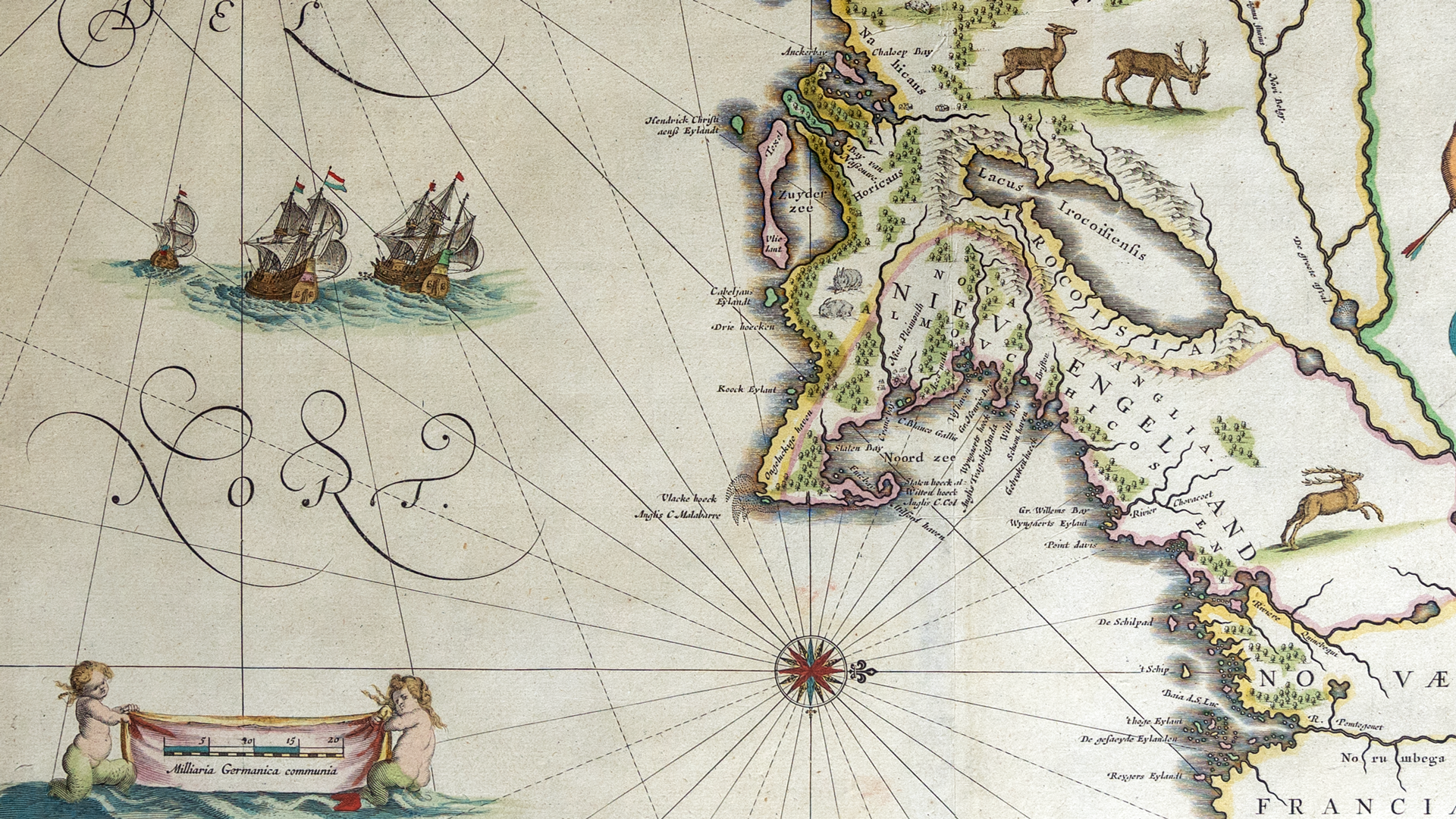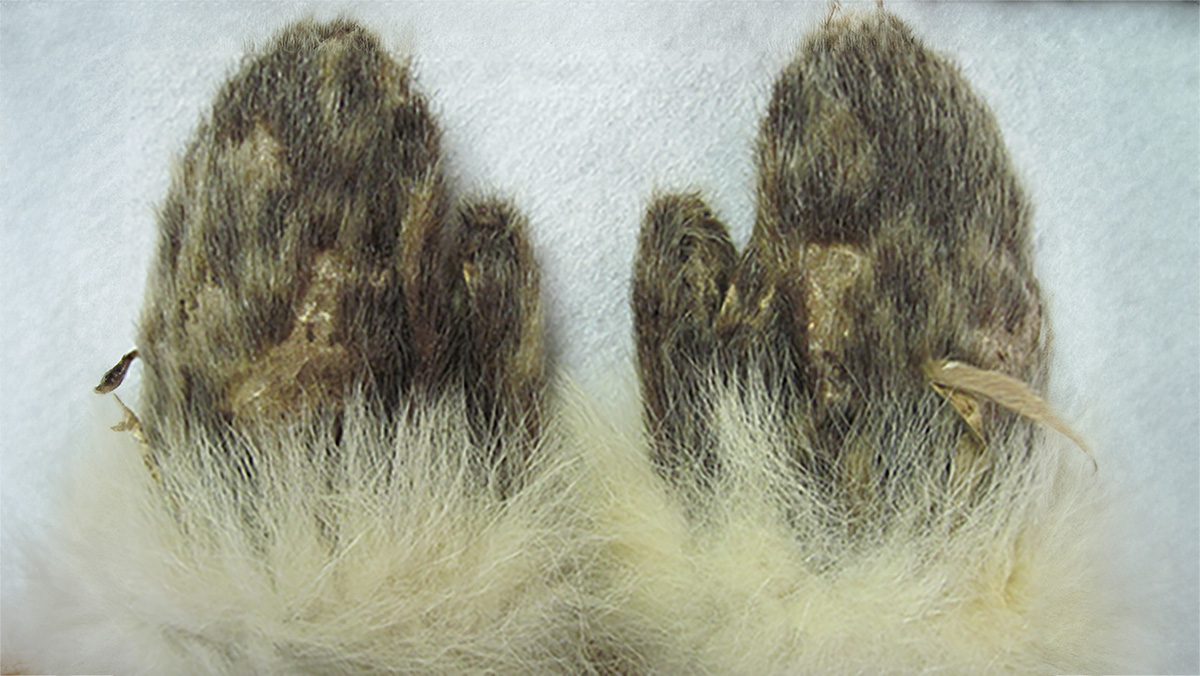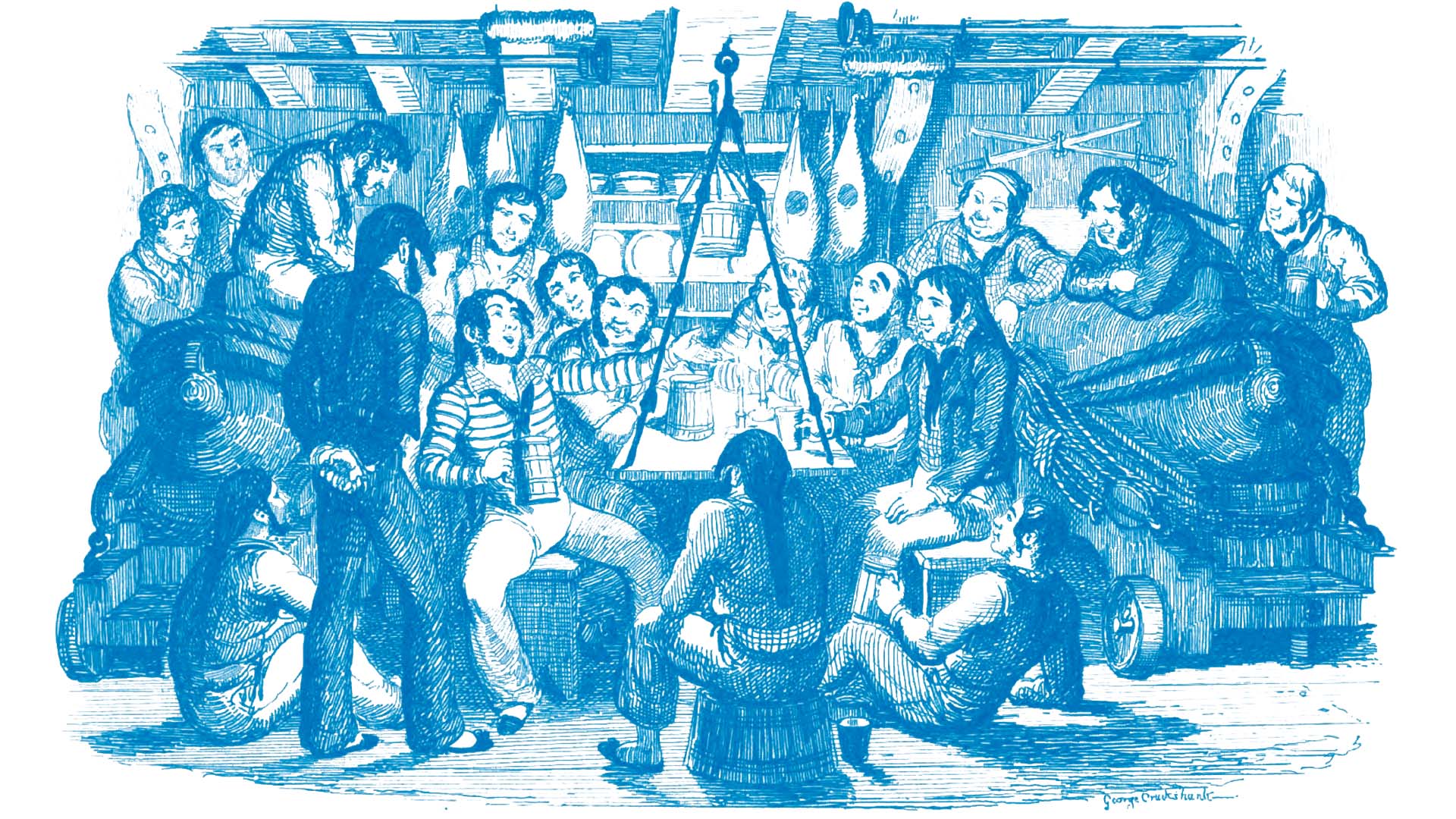5 WHOI women making waves in ocean science and engineering
In celebration of Women’s History Month, we’re spotlighting a few scientists who have made a difference in the WHOI community and beyond
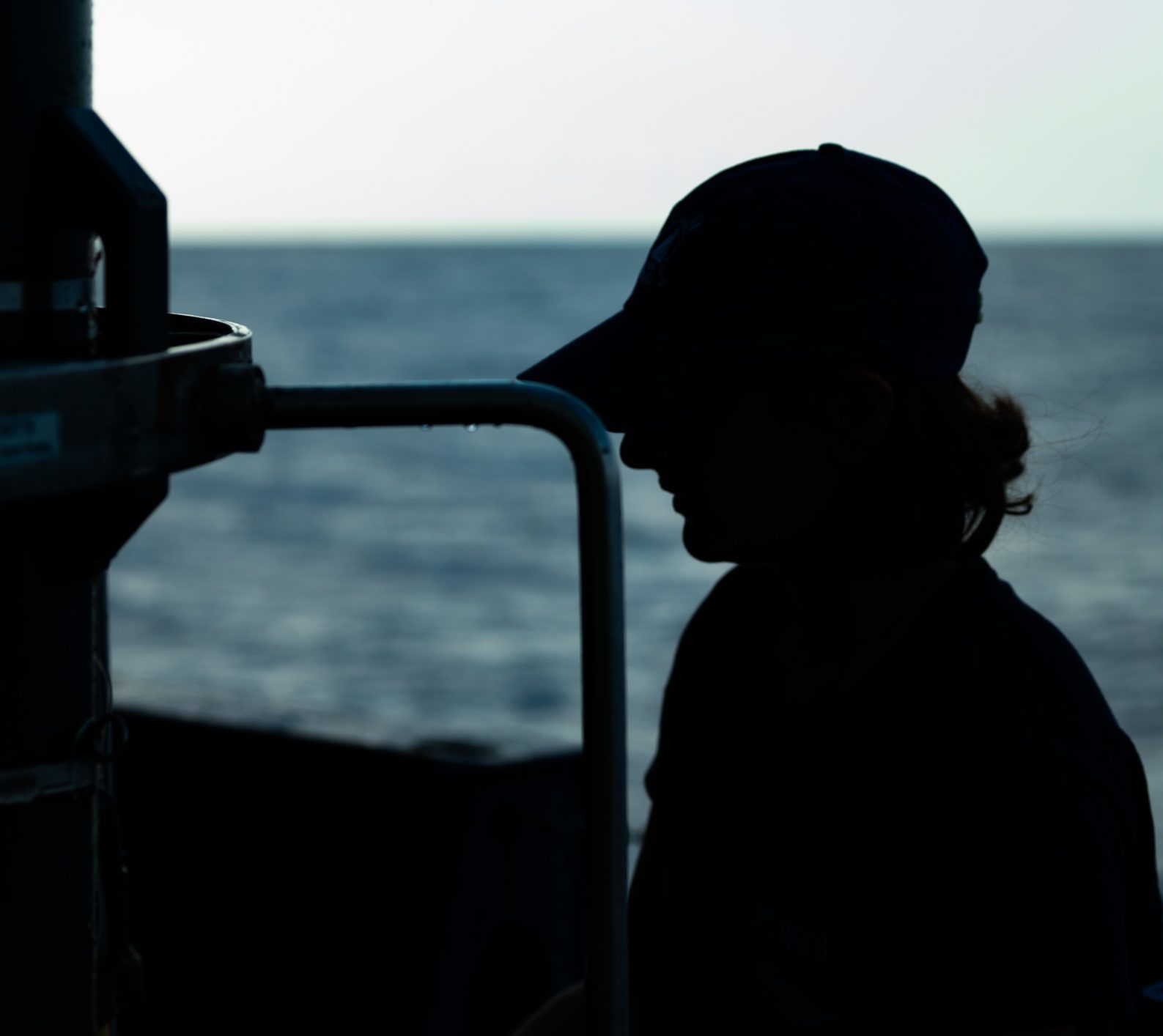
Estimated reading time: 3 minutes
Woods Hole Oceanographic Institution is home to a diverse team of scientists, engineers, students, communicators and investigators. In celebration of Women's History Month, we are shining a spotlight on a few women featured in the last several months, who have made a difference in the fields of science and discovery.
Anna Michel
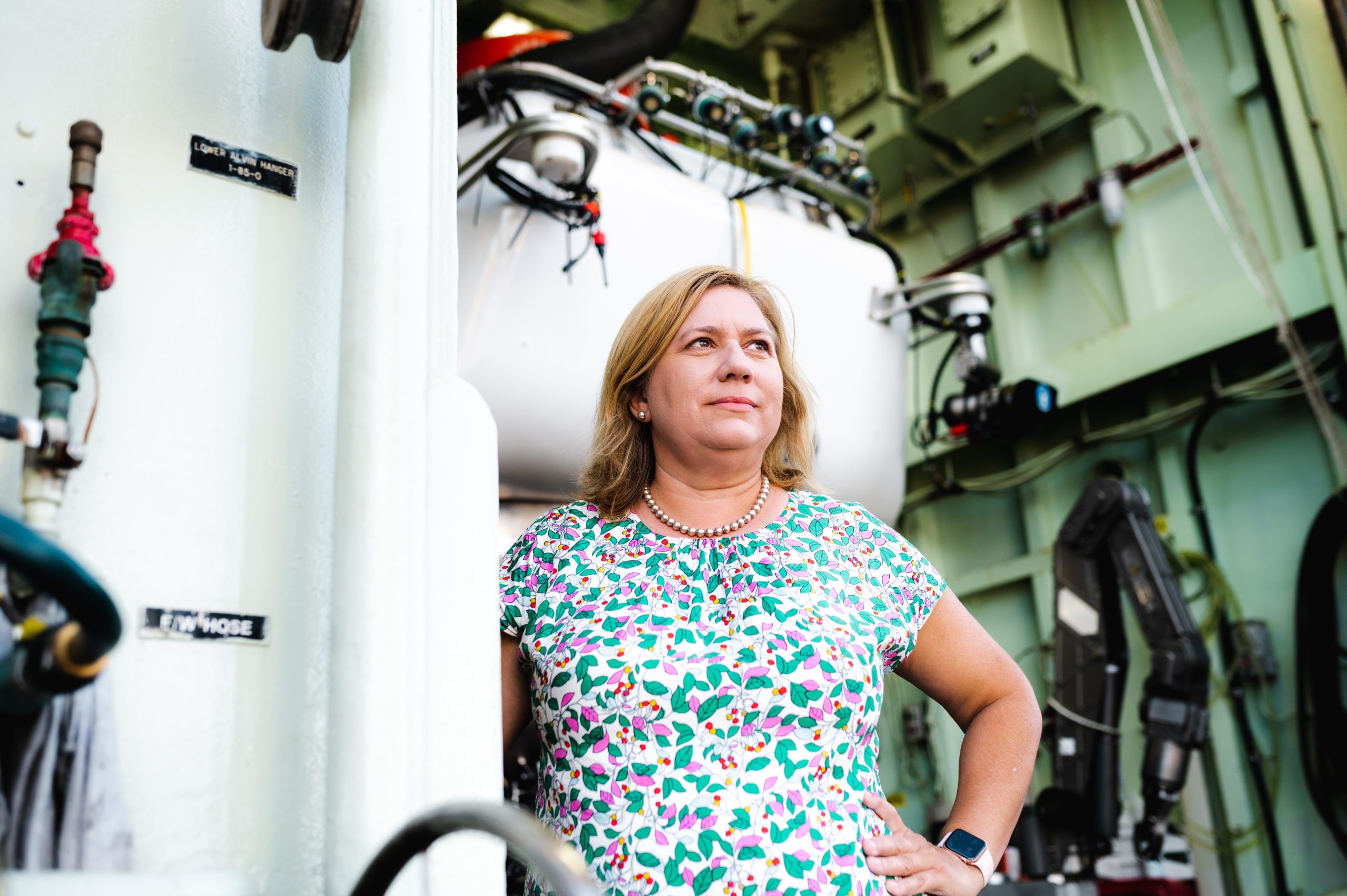
Anna Michel on board R/V Atlantis with HOV Alvin. Michel is the first woman to become NDSF Chief Scientist. Photo by Daniel Hentz © Woods Hole Oceanographic Institution
Dr. Anna Michel is the first woman to hold the Chief Scientist for Deep Submergence (CSDS) position for the National Deep Submergence facility. This role puts Michel at the forefront of deep submergence for the academic research community, working as a liaison to connect scientists with the WHOI teams that operate the NDSF underwater vehicles.
On a recent research cruise in the Gulf of California, Michel oversaw a team of WHOI scientists who tested new instruments to find and detect methane and other gases in situ. To better understand deep-sea ecosystems and how our ocean is changing as the planet warms, researchers need reliable, cost-effective ways to track and measure existing and emerging sources of methane in the ocean.
Jaida Elcock
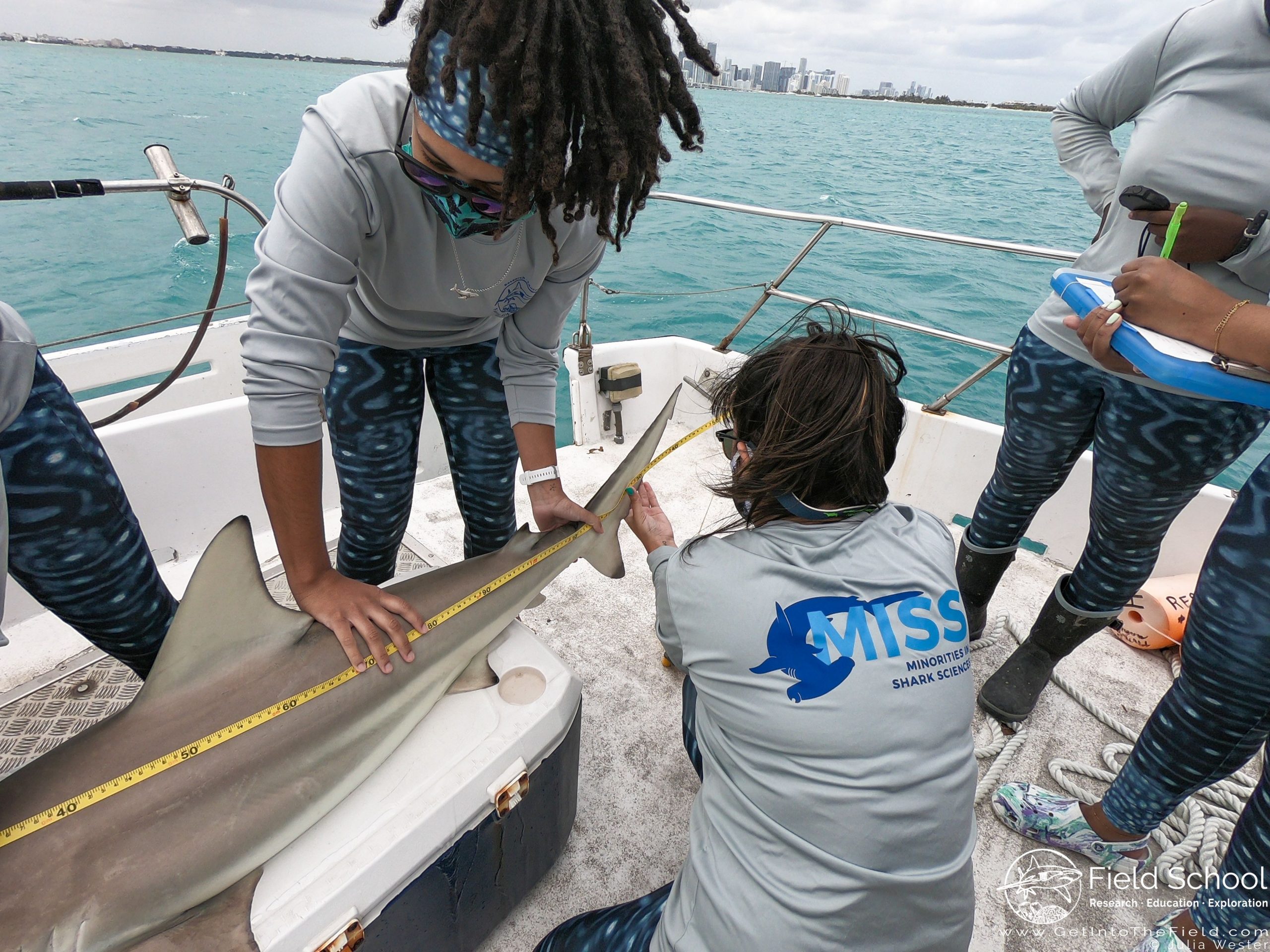
Jaida Elcock (standing) restrains a blacktip shark while a MISS workshop participant measures it. (Image courtesy of Field School, Miami, Florida.)
Jaida Elcock is a PhD student in the MIT-WHOI Joint Program and is part of the Marine Predators Group, working with WHOI marine ecologist Camrin Braun. Elcock always knew she'd work with sharks. Growing up in Chicago and Phoenix, she grew fond of snakes and scorpions as a child, but found her path to marine science in college. While working as a fish biologist at Howard University at the start of the pandemic, she attracted thousands of followers on TikTok and Twitter for her fun, educational videos about marine animals. In 2020, Elcock co-founded a non-profit, Minorities in Shark Science (MISS), which aims to expand opportunities in the field for women of color with research experiences, mentorships, and curriculum resources.
Amanda Sutherland
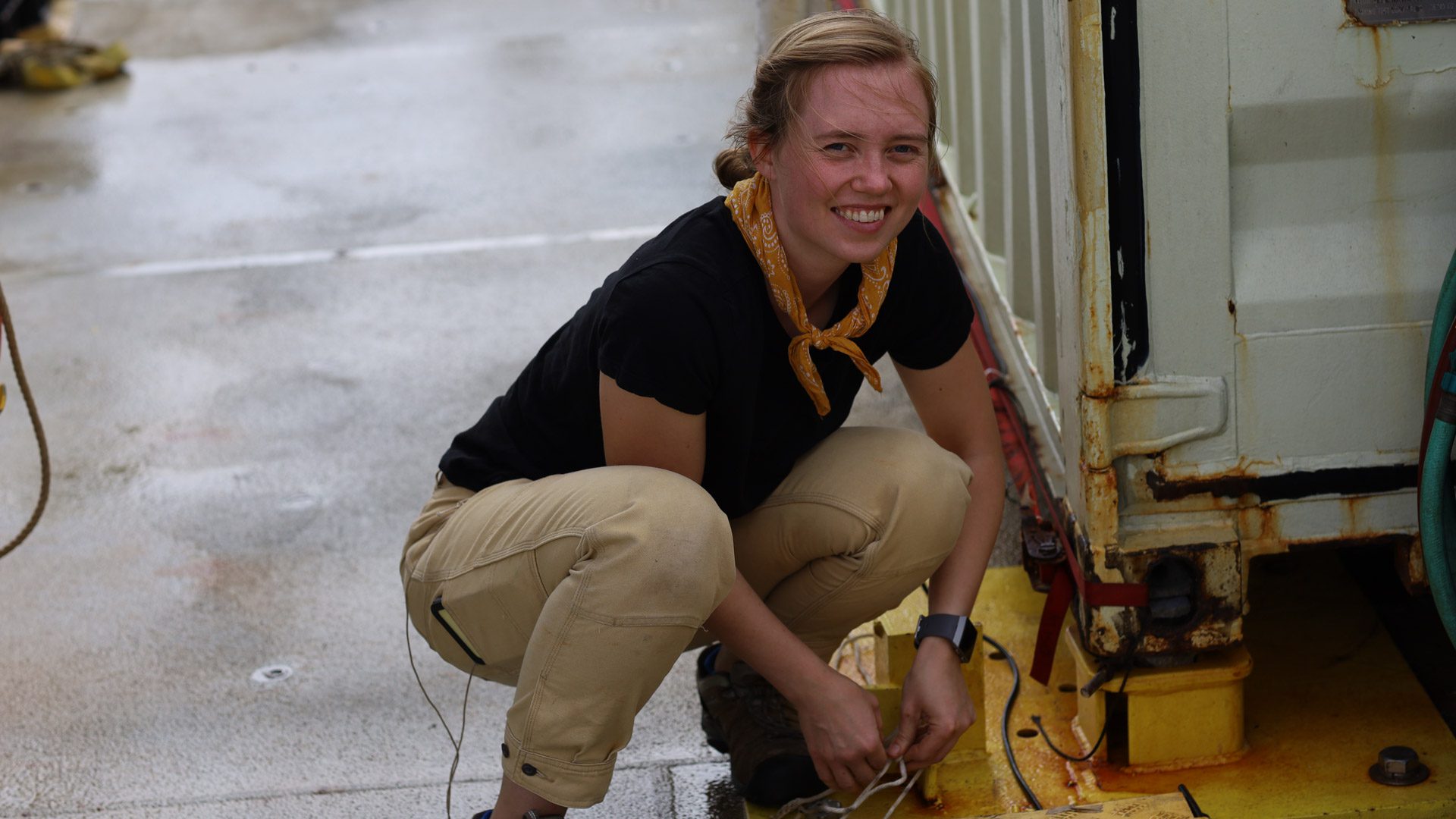
Amanda Sutherland on a recent Sentry cruise in the Gulf of California. Photo courtesy of Peter Girguis.
Amanda Sutherland is a mechanical engineer in the Sentry Group at the National Deep Submergence Facility at WHOI. Sutherland started in this position just a few weeks before the COVID-19 pandemic reached the U.S. A lifelong New Englander, Sutherland always hoped to work with underwater vehicles at WHOI. She finished her undergraduate studies at Olin College of Engineering, then worked for Bluefin Robotics, a company owned by General Dynamics, after completing an internship with them.
Currently, she is designing a bracket to attach a new doppler velocity log to Sentry. This sensor sends out an array of sound waves that bounce back and allow the vehicle to navigate along the bottom of the ocean.
Amy Phung
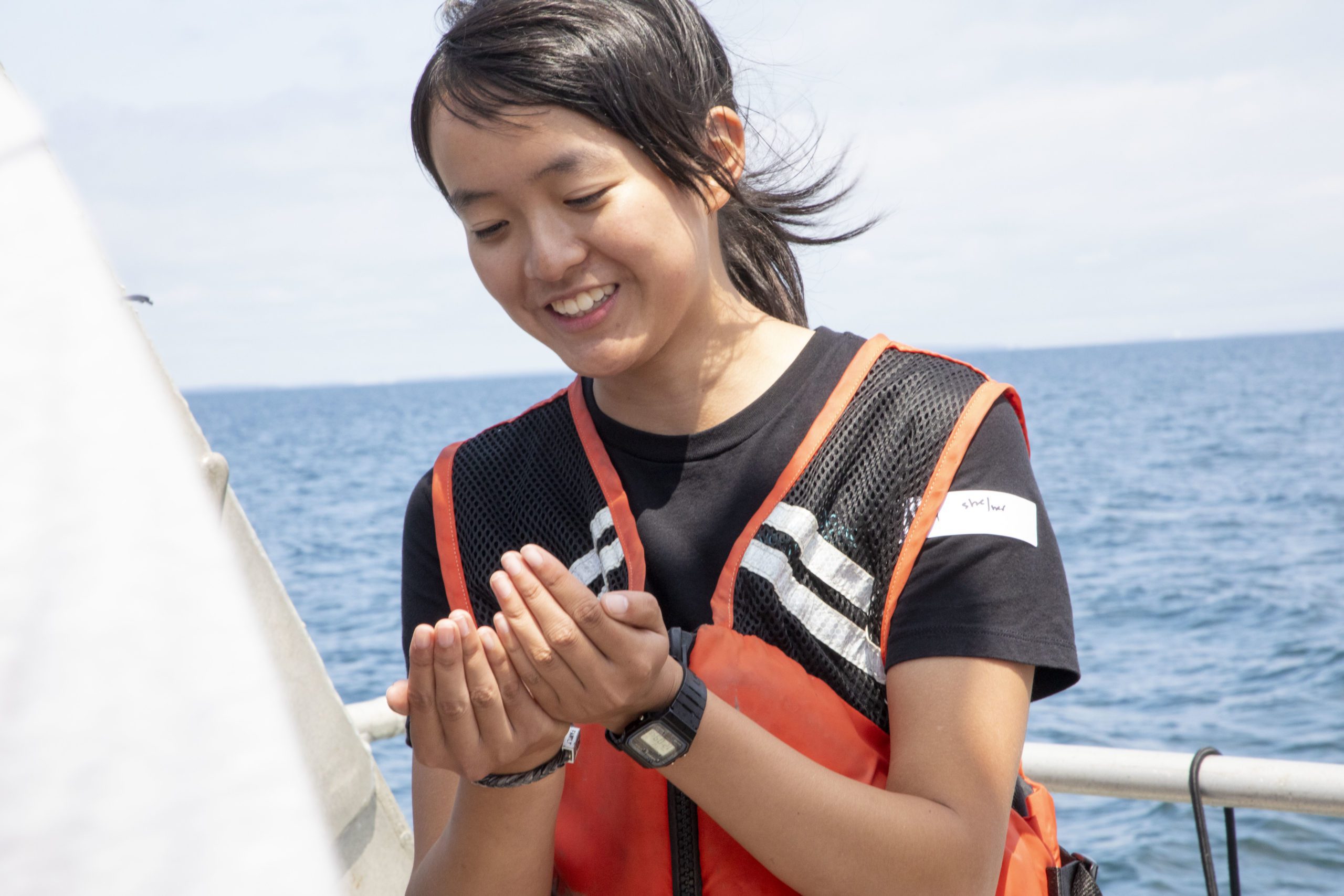
Amy Phung holding a recovered plankton specimen. Photo by Jayne Doucette © Woods Hole Oceanographic Institution
Amy Phung is a student with the MIT-WHOI Joint Program, focusing her graduate work on robotics and how technology can enhance our understanding of the ocean. As part of a recent NOAA Ocean Exploration research cruise, she controlled the hybrid remotely operated vehicle (HROV) Nereid Under Ice (NUI) from her Cambridge, MA apartment, commanding it to take a push-core sample from the sea floor...over 3,000 miles away.
For Phung, virtual reality and robotics are a natural pairing that will accelerate exploration and facilitate human connection, opening up the door to profound new ways of problem-solving. While she was a student at Olin College of Engineering, she helped designed a virtual reality control room for ROV pilots at the Monterey Bay Aquarium Research Institute. In 2020, she joined WHOI as an undergraduate summer fellow to work on robotic manipulator arm calibration with scientist Rich Camilli.
Sophie Hines
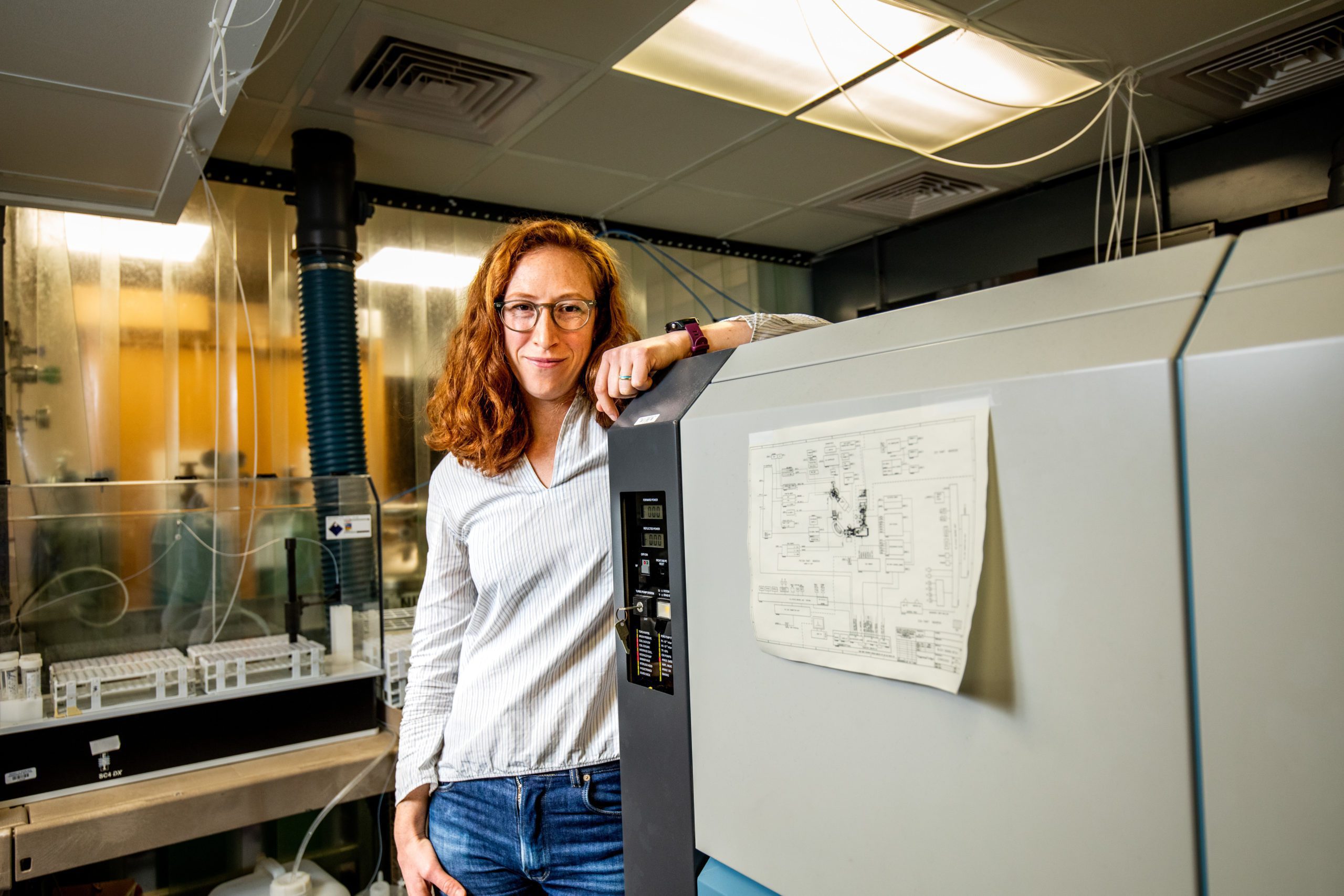
Dr. Sophie Hines in the Clark lab mass spec facility. Photo by Daniel Hentz© Woods Hole Oceanographic Institution
WHOI paleoceanographer Sophie Hines is fascinated by abrupt climate change-how the Earth's climate system shifts in sudden and unexpected ways. A former Lamont Postdoctoral Fellow at the Lamont-Doherty Earth Observatory of Columbia University, she studies rapid changes in ocean circulation that occurred during pivotal transitions in the Earth's climate-long before the modern ocean. One of Hines' primary go-to paleo archives-deep-sea fossil corals-offers clues about past climate and circulation patterns, which in turn can help us understand what might happen in the future.

